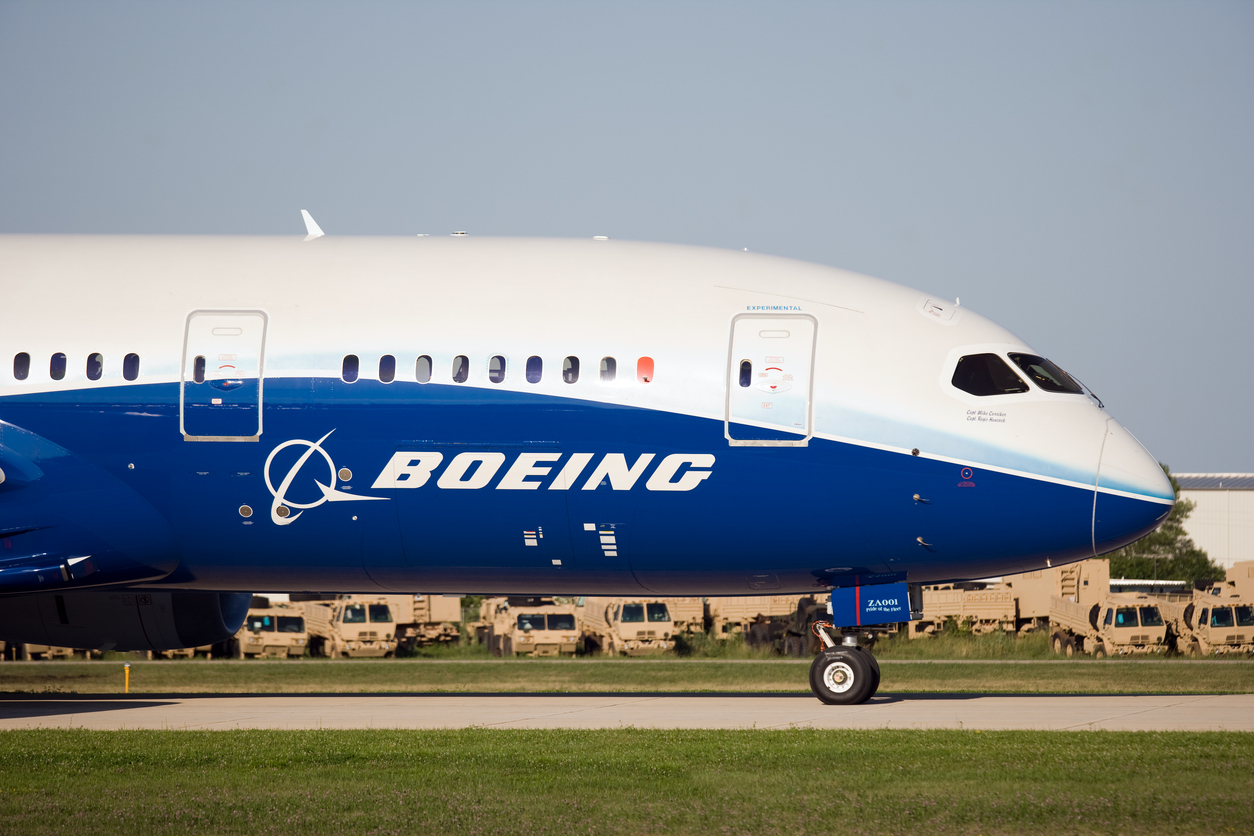The cost of neglect: When a brand crisis takes years to arrive
Here are the consequences of brand neglect.

Dustin Siggins is founder of Proven Media Solutions.
Crisis communications often center around acute issues – a food safety recall or a faulty part leads to a near disaster. In one week in October, for example, McDonald’s used pro-active communications and carefully crafted narrative to navigate both an E. coli outbreak and the impression that it had endorsed then-presidential candidate Donald Trump.
The Golden Arches’ problems were largely solved in a few days. Contrast that to airplane manufacturer Boeing, which let years of brand neglect become a slow-growing crisis that cost hundreds of people their lives, put many more at risk, and eventually became so acute earlier this year that the company replaced its CEO and sold $29 billion in stock to keep its credit rating.
McDonald’s and Boeing both put a lot of time and effort into responding to its crises. But McDonald’s responses received praise from all corners and the crises were over in a few days. Boeing, on the other hand, will require years of sustained effort across the entire company to show stakeholders that, yes, its planes are safe for civilians and military alike to fly.
This is not a difference in the style of handling crisis communications. It’s the difference between a strong brand responding to an acute incident or two — and a brand that has become so neglected that ongoing crises literally happen every month.
Here are the consequences of brand neglect.
Neglect means empty trust reservoirs
The public generally accepts that flying is reliably safe and involves less risk than driving, even if the occasional crash happens or a door flies off unexpectedly. Boeing’s problem wasn’t the two crashes, or the door, or the stranded astronauts and strikes that happened earlier this year. It is the culmination of all of these incidents over a short period of years.
Each would have been a problem for a global company under media, political, regulator and investor scrutiny. Combined, they have become a crisis that has no fast answers because executive leadership seemingly failed to understand that the company’s trust reservoir was emptying.
“Companies are often ready for an angry customer’s TikTok rant, a government or competitors’ lawsuit or even an executive’s public slip-up,” said Doyle Albee, CEO of Comprise. “But it’s hard to see a crisis when it’s happening inside the company, as we saw with Boeing and Starbucks. That kind of neglect can turn into the type of corporate heart attack that doesn’t just require a little dieting and extra working out — it takes a quadruple-bypass surgery to reverse years of damage.”
Again, stakeholders are often forgiving when something happens. Had McDonald’s taken the Boeing approach to the E. coli outbreak and brushed it off, this piece might be about the Golden Arches.
But McDonald’s had great leadership that turned mountains into molehills. Meanwhile, Boeing kept falling.
Both companies have great comms – only one had great leadership
Both McDonald’s and Boeing seem to have great communications teams. During its E. Coli crisis, the fast food giant:
- Announced the issue in tandem with government officials and didn’t sugarcoat its breadth (across numerous states) or depth (One person died in the initial spread).
- Stopped selling Quarter Pounders in the impacted regions.
- Changed its onion provider.
- Ensured that food testing happened quickly.
- Kept consumers informed, including when the U.S. Centers for Disease Control and Prevention announced the outbreak was over.
And Boeing handled the bolt and door issue admirably, informing stakeholders of the issues quickly while also reducing production, working with suppliers to fix problems and making sure that stakeholders knew that nobody had died.
The difference between the companies appears to have been that McDonald’s leadership understood that communications is part of the overall strategy — while Boeing saw it as a Band-Aid to cover up leadership’s technical, process and strategic rot.
“Crisis communications is not a patch for systemic problems,” said Jeremy Tunis, a fractional public affairs and crisis communications for start-ups, boutique firms and Fortune 500 companies. “It’s meant to maintain and rebuild trust and reputation when paired with strong leadership.”
“McDonald’s leadership showed how strategic messaging and measurable action can create trust-reinforcing moments,” continued Tunis, who previously worked at Edelman, Burson and Amazon. “In contrast, Boeing’s failures are a stark reminder that neglecting your core brand promise and heritage (‘If it ain’t Boeing, I ain’t going’) evaporates stakeholder goodwill, especially on matters like the alleged retaliations against internal whistleblowers who for years warned of major quality issues.”
The outcomes are as disparate as the approaches. McDonald’s wrapped up its crisis in weeks with praise across the board. Boeing fired its CEO, took on billions in debt and sold $29 billion in stock to keep itself afloat while the new leadership focuses on “better oversight, improved safety and manufacturing procedures, and more robust training for workers.” It also lowered its annual estimated plane production to just half that of its major competitor.
Comms solution: Be the squeaky wheel at the leadership table
It’s easy to point fingers at Boeing. Imagine how different things would have been with ethical leadership, high standards and that squeaky-wheel comms person at the C-Suite table.
That’s where communicators can help stop rot from forming or, at the very least, stop it from growing.
“The first step to preventing a crisis is to conduct a thorough risk assessment, which enables stakeholders to better identify and anticipate potential issues and risks,” said communications consultant Dan Ring. “Communications leads should always be empowered to advise executive leadership on processes to avoid (or alleviate) crises and to develop plans to respond promptly and effectively.”
At the executive level, new product launches, mergers and acquisitions, and regional and industry expansions must include communications to ensure that stakeholders are on board. The CCO and his or her team also should anticipate major risks to any approach years in advance and prepare off-the-shelf solutions for rapid deployment.
At the department or team level, communications keeps things moving in the right direction tactically, and predicts and solves potential disruptions weeks and months before they happen.
And where communications is split by functionality – such as internal communications, investor relations, and government affairs – PR team leads have two responsibilities – executing day-to-day needs while also being the bridge to keep the silos connected.
In an ideal world, this looks like the CEO asking the CCO if the idea is defensible – and being excited to have communications involved in the new product launch months in advance. When the product launch is coming up, the tactical/team lead is then empowered to have the R&D lead trained and ready for the press conference. And the investor relations comms guy or gal has the company’s biggest financial backer talking to trade press about the value the new product will bring to customers, the industry, and the overall market.
Sure, an accident might happen. But ethical, stakeholder-focused leadership with an integrated communications team would ensure that such incidents are separated by years of strong success and positive company messaging, complete with happy stakeholders. And when incidents arise, whether E. Coli or a bolt, they’d be off the grid almost before they sip from the trust reservoir.






